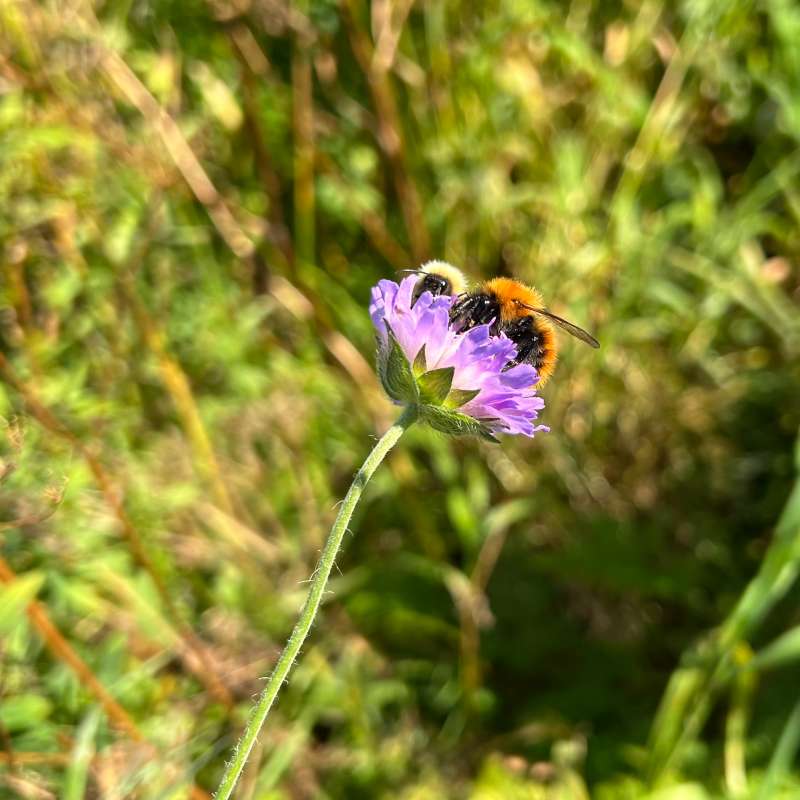Anders Nielsen
Avdelingsleder/forskningssjef
(+47) 913 50 435
anders.nielsen@nibio.no
Sted
Ås - Bygg O43
Besøksadresse
Oluf Thesens vei 43, 1433 Ås (Varelevering: Elizabeth Stephansens vei 21)
Forfattere
Lawrence R. Kirkendall Daniel Flø Martin Malmstrøm Anders Nielsen Gaute Velle Paul Ragnar Berg Anders Bryn Kjetil Hindar Johanna Järnegren Kyrre Kausrud Erlend Birkeland Nilsen Brett Kevin Sandercock Eva Bonsak ThorstadSammendrag
VKM has assessed the potential risk to Norwegian biodiversity associated with the import of the Turkestan cockroach, Periplaneta lateralis, as live food for hobby animals. Populations of the cockroach are nearly always found in or near buildings, and non-native populations have never been observed in natural environments. No previous observations of P. lateralis have been reported for Norway and it is very unlikely the species will be able to establish and spread into Norwegian nature due to the low winter temperatures and short summers. Furthermore, VKM find that there is low risk associated with the potential effects on biodiversity, if it against all odds, were to establish in Norway. Therefore, VKM concludes that there is low risk associated with import and keeping of P. lateralis in relation to its potential negative effect on Norwegian biodiversity.
Forfattere
Tuanjit Sritongchuay Michael Beckmann Bo Dalsgaard Alexandra Maria Klein Angela Lausch Anders Nielsen Julia Osterman Peter Selsam Kanuengnit Wayo Ralf SeppeltSammendrag
Det er ikke registrert sammendrag
Forfattere
Daniel Flø Johan A. Stenberg Lawrence Richard Kirkendall Kjetil Klaveness Melby Anders Nielsen Selamawit Tekle Gobena Beatrix Alsanius Jorunn Børve Paal Krokene Christer Magnusson Mogens Nicolaisen Line Nybakken May-Guri Sæthre Iben Margrete ThomsenSammendrag
Det er ikke registrert sammendrag

Divisjon for miljø og naturressurser
CANALLS Agroecological practices for sustainable transition
Agroecology covers all activities and actors involved in food systems. It also places the well-being of people (producers and consumers of crops and products) at its core. The EU-funded CANALLS project will focus on the agroecological zones and diverse farming systems in the humid tropics of Central and Eastern Africa. It will explore the complex environmental, social and economic challenges, which in some cases are exacerbated by conflict and high vulnerability. Moreover, it will advance agroecological transitions in these regions through multi-actor transdisciplinary agroecology Living Labs at eight sites in four countries. The focus will be on crops such as cocoa, coffee and cassava, which are vital for subsistence and economic development.

Divisjon for matproduksjon og samfunn
WINGS - Pollinatorvennlige kulturlandskap: Løsninger for forvaltning av leveområder under press
Pollinatorene er truet. Dette får konsekvenser både for det biologiske mangfoldet og matsikkerheten vår. I WINGS skal vi utvikle løsninger for å etablere mer pollinatorvennlige kulturlandskap.
